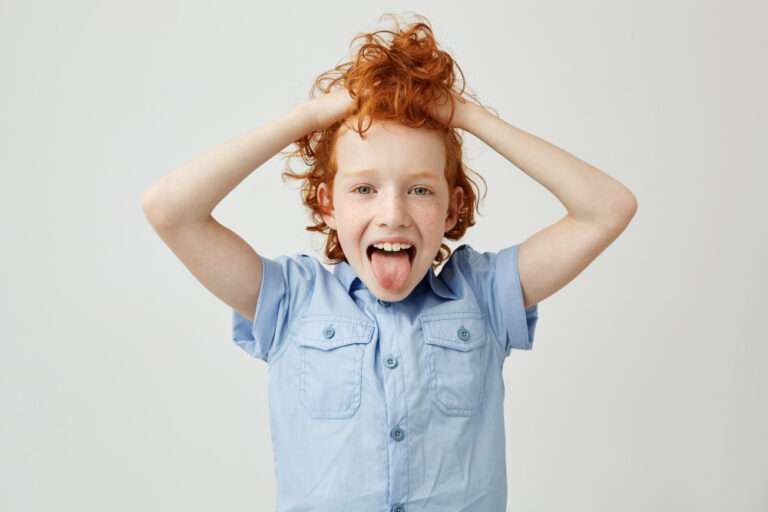Pediatric urolithiasis
Pediatric urolithiasis refers to the presence of kidney stones in children, a condition that occurs when minerals and other substances in the urine crystallize in the kidneys, forming solid masses (stones). Kidney stones can affect any part of the urinary tract, from the kidneys to the bladder. While less common in children than in adults, the incidence of kidney stones in pediatric populations has been increasing, making awareness and understanding of this condition important for parents and caregivers.
Causes
The exact cause of kidney stones in children can vary, but several factors may increase the risk:
- Dehydration: Not drinking enough fluids can lead to more concentrated urine, where minerals can crystallize and form stones.
- Diet: High-sodium diets, excessive protein, and certain foods can increase the risk of stone formation.
- Genetic factors: A family history of kidney stones can increase the risk.
- Medical conditions: Certain conditions, such as metabolic disorders, urinary tract infections, and abnormalities in the urinary tract’s structure, can contribute to stone formation.
Symptoms
Symptoms of kidney stones in children may include:
- Pain: Severe pain in the back, side, lower abdomen, or groin.
- Hematuria: Blood in the urine, which may be pink, red, or brown.
- Urinary symptoms: Urgency, frequency, or pain during urination.
- Nausea and vomiting: Especially if the pain is severe.
Diagnosis
Diagnosis involves a combination of the child’s medical history, physical examination, and diagnostic tests, including:
- Ultrasound: A non-invasive test that is often used first to identify stones in the kidney or urinary tract.
- X-rays, CT scans, and urinalysis may also be used to help diagnose the condition and determine the stone’s composition.
Treatment
Treatment depends on the stone’s size, type, and cause, as well as the presence of any symptoms or complications:
- Hydration: Increasing fluid intake to help flush out the stones.
- Pain management: Medications to relieve the discomfort associated with passing a stone.
- Medical therapy: Medications that can help dissolve certain types of stones or facilitate their passage.
- Dietary changes: Adjusting the child’s diet to reduce the intake of foods that may contribute to stone formation.
- Surgical intervention: In cases where stones cannot be passed naturally or when they cause severe symptoms, procedures such as shock wave lithotripsy (SWL), ureteroscopy, or percutaneous nephrolithotomy may be necessary.
Prevention
Prevention focuses on lifestyle and dietary modifications to reduce the risk of stone formation:
- Increase fluid intake: Especially water, to help prevent urine from becoming too concentrated.
- Dietary changes: Limiting salt and protein intake and ensuring a balanced intake of calcium.
- Monitor for recurring stones: Children who have had kidney stones may be at higher risk for future stones, necessitating ongoing monitoring and preventive measures.
Conclusion
Pediatric urolithiasis requires careful evaluation and management to prevent complications and recurrence. Early diagnosis and treatment, coupled with preventive measures, can help manage kidney stones in children effectively. Parents and caregivers should consult a pediatric nephrologist or urologist for guidance tailored to the child’s specific needs and condition.
------------From our Sponsors------------









